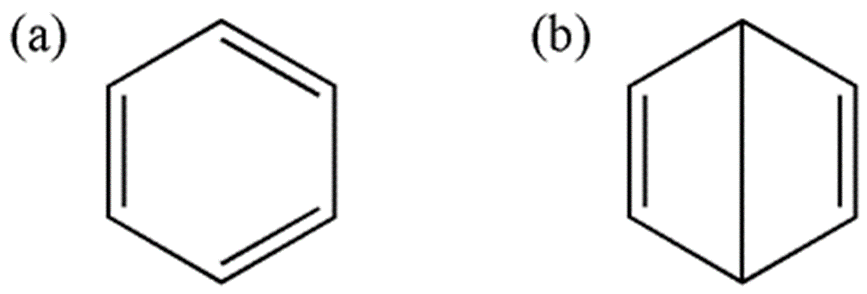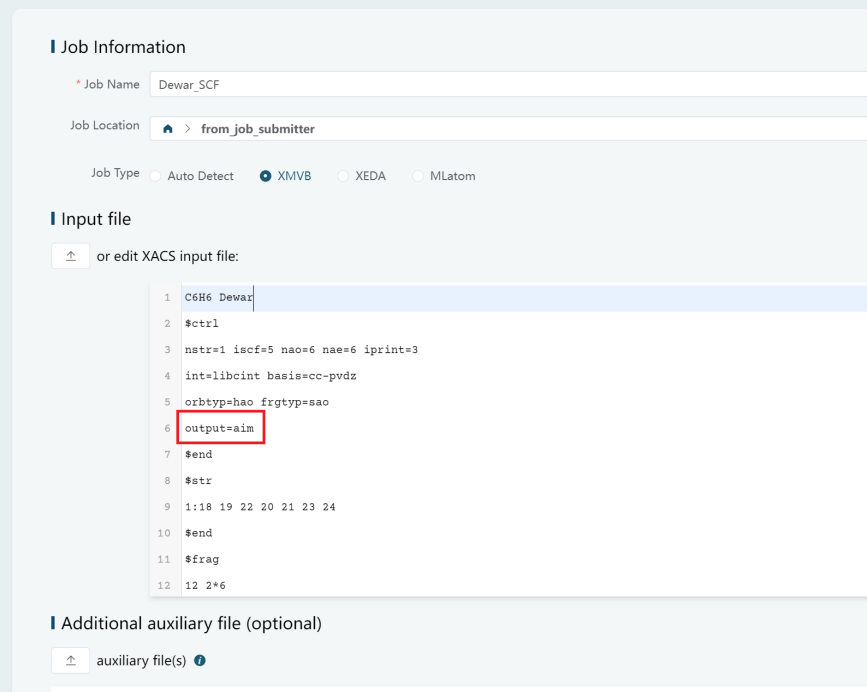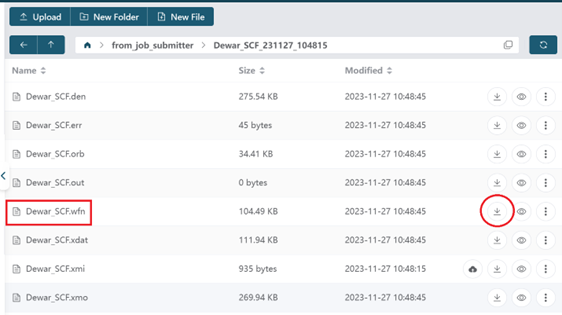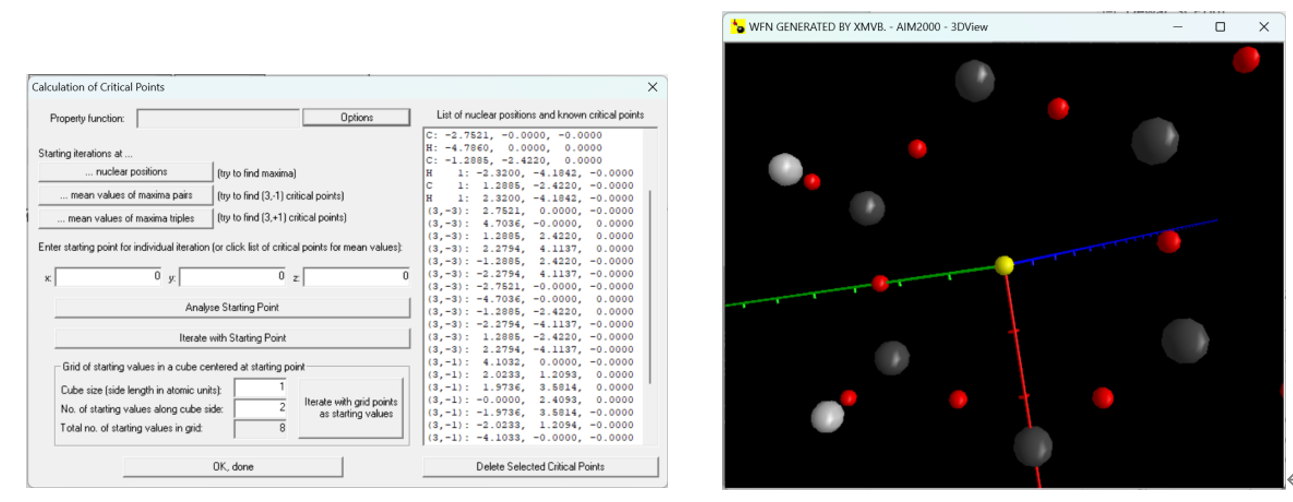XMVB 3.2.1 released with support of the WFN format
Published Time: 2023-12-28 10:39:38
We have released XMVB 3.2.1 which allows saving the VB wavefunction in the WFN format for further analysis.
Unlikely popular MO (Molecular Orbital) and DFT (Density Functional Theory) methods, chemical bondings in valence bond theory are described as the electron pairing on localized atomic orbitals. The total VB wave function is the linear combination of a set of VB structures which strictly correspond to Lewis structures with atomic orbitals. XMVB is capable of computing with single or multiple VB structures, and is able to provide detailed analysis for chemical bonding and resonance between structures.
AIM analysis based on valence bond wave functions can provide in-depth exploration on the types and essence of chemical bonds, e.g. DOI: 10.1038/nchem.327 and DOI:10.1002/chem.2008002134. However, these studies require the use of other programs such as GAMESS, MOLDEN, etc., which are cumbersome to operate.
This update has improved the support of XMVB for WFN files. Users can now use the keyword "output=aim" in XMVB input files to generate WFN files for subsequent AIM analysis without any other programs. The updated XMVB is available on the XACS cloud computing.
Example: Saving VB wavefunction in the WFN format and Analysis of the resonance
structure corresponding to the Dewar Benzene
Here we show how to obtain the VB wavefunction for the resonance structure of benzene corresponding to the Dewar benzene. Unlike the familiar Kekule structure, there is a bonding between the para carbon atoms in the π space in Dewar benzene, and we can analyze this kind of electron pairing with valence bond theory. The difference between Kekule and Dewar structures are shown below.

Kekule structure (a) and Dewar structure (b) for
benzene
First, add the keyword “output=aim” in the XMVB input for saving WFN file of the VB wave function, then submit the job till it is finished.

Fig. 1. Add the keyword “output=aim” for dumping WFN file
After the job is completed, the WFN file can be found in the file manager and can be downloaded with “download” button.

Fig. 2. Dumped WFN file
Import WFN file to the third-party AIM analysis software such as AIM2000 for bonding analysis, as shown below.

Fig. 3. Searching (left) and showing (right) Bond critical point with AIM200